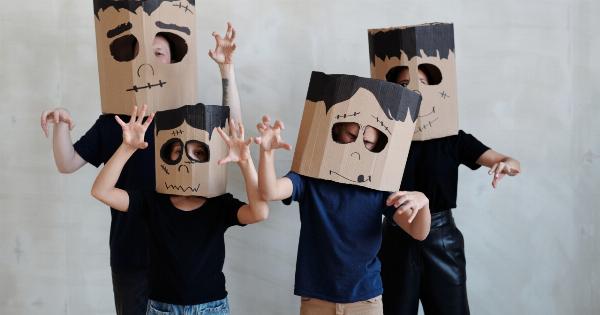The COVID-19 pandemic has changed our lives significantly. Wearing masks has become part of our daily routine. But when it comes to children, it can be challenging to convince them to wear masks.
Here’s a guide for parents to help children ease into masking up.
Why is it important for children to wear masks?
Children can get infected with COVID-19, and even if they show mild symptoms or none at all, they can still transmit the virus to others. Wearing a mask can help prevent the spread of the virus and keep children and vulnerable individuals safe.
It is important to note that wearing a mask is not a substitute for hand hygiene, social distancing, and other preventive measures.
How to choose a mask for your child?
Choose a mask that is comfortable and fits well. Children’s masks should cover their nose and mouth and fit snugly against their face. Masks made of soft and breathable materials such as cotton are ideal for children.
Avoid masks that have valves as they do not filter the air that is exhaled, making them less effective in preventing the spread of the virus.
How to encourage your child to wear a mask?
Here are some ways to motivate your child to wear a mask:.
Make it a routine
Set a good example by making wearing a mask part of your daily routine. Start by wearing masks together when going out or doing activities outside the house.
Let them decorate their masks
Allow your child to decorate their masks with stickers, paints, or markers. This can make them feel special and encourage them to wear their masks.
Explain the importance of wearing a mask
Communicate with your child about the importance of wearing a mask to protect themselves and others. Use simple and age-appropriate language to explain why it is necessary.
Practice mask-wearing
Practice wearing masks at home to get your child used to the feeling. Starting with short periods of time and gradually increasing it can help your child adjust to wearing masks.
When should children wear masks?
Children above the age of 2 years should wear masks in public settings where social distancing is difficult to maintain, such as grocery stores and public transportation.
Masks are also recommended when children are around people who are at higher risk of getting severely ill from COVID-19, such as elderly grandparents.
How to care for your child’s masks?
Wash your child’s mask regularly with soap and water or in a washing machine. Make sure to remove the mask from behind and avoid touching the front of the mask. Have a backup mask available in case the first one gets soiled or damaged.
What to do if your child refuses to wear a mask?
It can be challenging when a child refuses to wear a mask. Here are some tips to help:.
Be patient and understanding
It can take some time for children to get used to wearing a mask. Try to understand their concerns and offer reassurance and support.
Offer choices
Let your child choose the color or design of their mask to give them a sense of control and ownership.
Keep it positive
Encourage your child with positive reinforcement and praise them for wearing their mask.
Conclusion
Wearing masks is an essential part of preventing the spread of COVID-19. As parents, it is our responsibility to help our children understand the importance of wearing masks and encourage them to make it a habit.
By doing so, we can keep our children and loved ones safe during these challenging times.




























